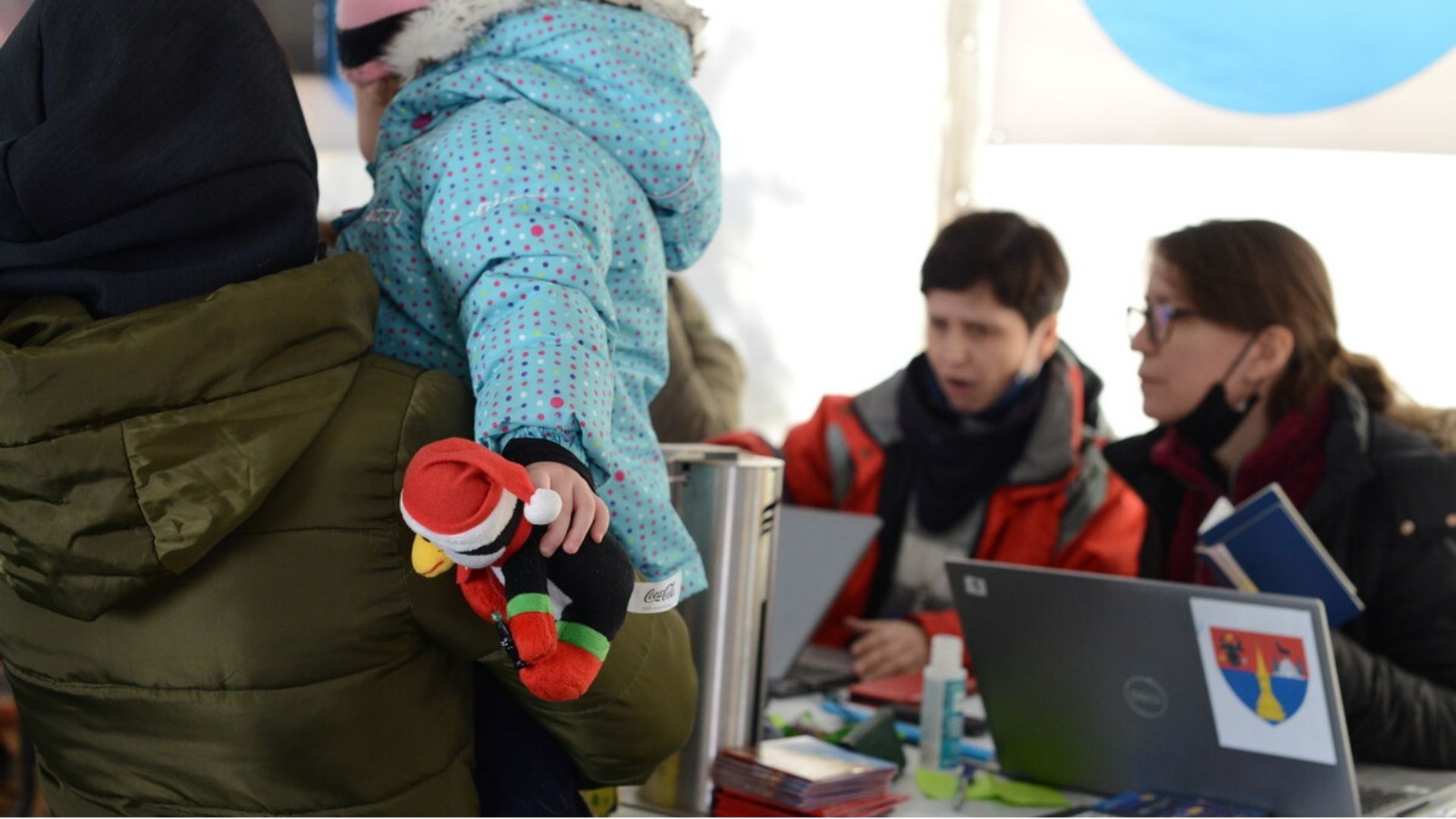Humanitarian crises place major strains on children, families, and communities. As has been documented in Indonesia, Nepal and Haiti, institutions can become a major component of the international response to support vulnerable children.
Read our key recommendations on how to ensure humanitarian crises do not drive the institutionalisation of children:
As has been documented in several previous disasters, institutions can become a major component of the international response to support vulnerable children.
How institutions become embedded in a crisis.
This proliferation of institutions during times of crisis creates countless risks for children. At times, the only way that children can access food, education and essential health services is in an institution, so parents will feel there is no other option but to place them there. In other instances, due to the major influx of international funding to support institutions, often in unregulated environments, children risk being ‘recruited’ into institutions; trafficked for the considerable financial benefit of the institution owners.
Institutional care in a crisis is often seen as a ‘temporary’ solution. Despite the best intentions, they often end up becoming a long-term, established part of the care system. This locks up resources in buildings, rather than being directed to keeping vulnerable families and children together.
The role of disaster preparation and response in the care reform process
While some crises are truly unpredictable, the majority are conceivable when we analyse the future impact of aspects such as climate change and conflict. Authorities must consider the needs of children in emergency preparations and emergency response, in order to mitigate the long term effects.
